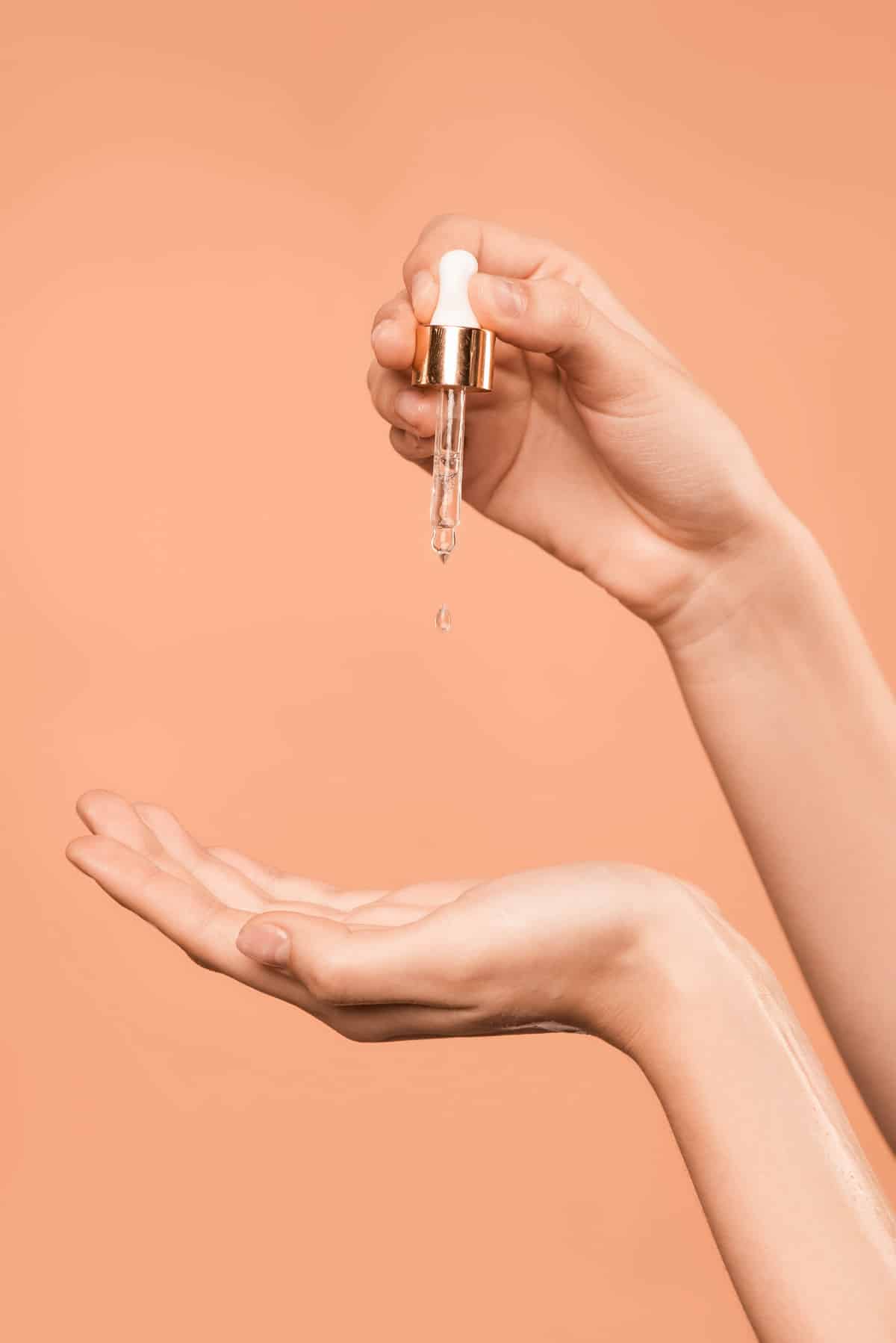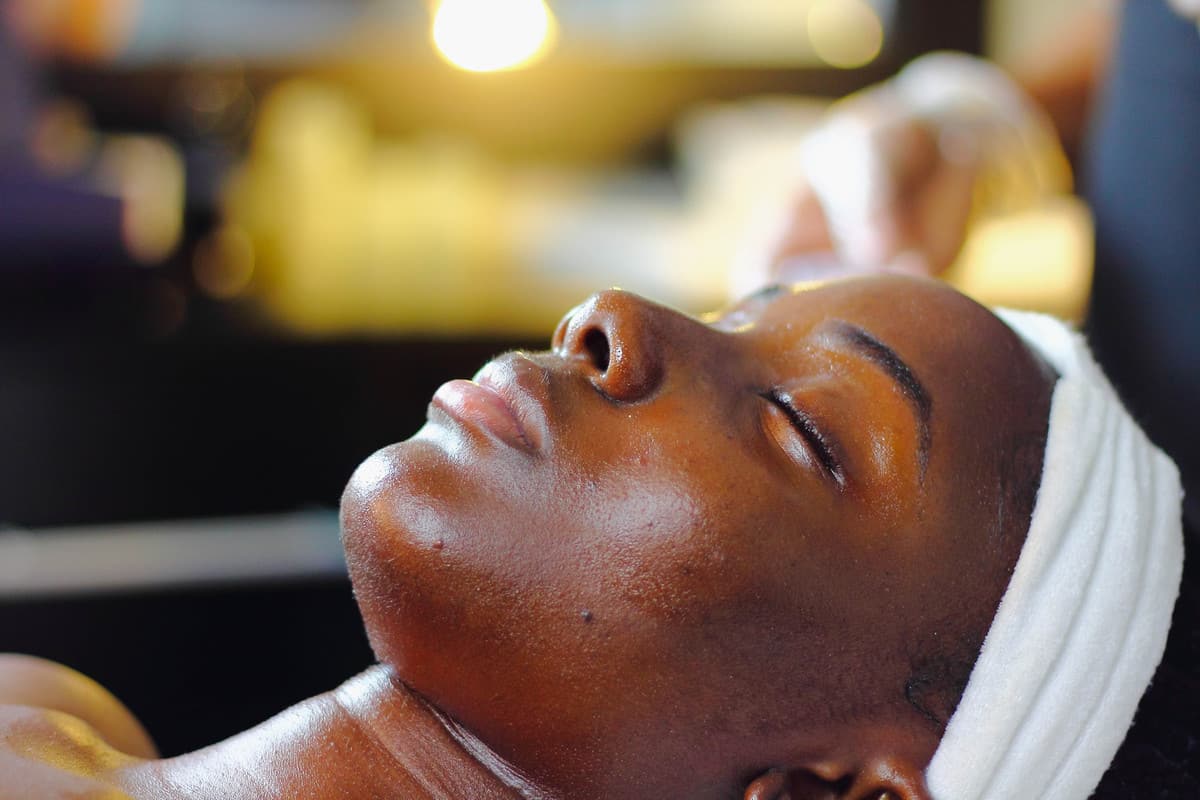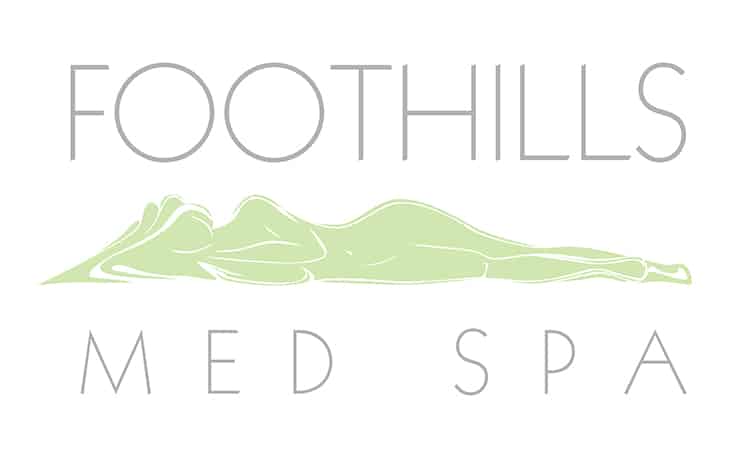Throughout history, people have had a Dorian Grey complex when it comes to looking youthful. Some may call it vanity; others call it a denial of the inevitable oncoming of age and eventually death.
Regardless of what you call it, the world’s obsession with looking younger has only increased alongside advancements in technology.
Youth shows livelihood, joy. It brings back a time when life was less stressful, when someone could be carefree without their body being weathered by hard times. Nowadays, the camera seems to find every weathered wrinkle and frown line- exposing our age more than ever.

This is why beauty magazines such as Vogue have incorporated celebrity skincare routines into their online media. Actresses such as Madelaine Petsch walk viewers through her 38-step skincare routine and over 9,544,292 viewers have watched it.
With so many videos online offering tips and tricks on staying youthful, it’s hard to know what steps are best for your skin. Everyone’s techniques and skincare routines are different, so it’s hard to find just one miracle product to keep your skin young and glowing.
One thing they all have in common is the incorporation of ACID.
Choosing the Right Acid for Your Skin
Every effective skincare routine requires personalization and dedication. The best place to start is finding the best routine for your skin is to visit a board-certified dermatologist or esthetician.
These professionals will assess your skin then guide you towards the right combination of cleansers, exfoliators, serums, and moisturizers that will meet your desired results.

So where do the acids come in?
The most common acids are usually found within an exfoliator. Acids themselves are the exfoliating element within the product, but because of the intensity of acid on the skin barrier, different acids require dilution to different percentages.
An exfoliant’s purpose is to slough off dead cells from the facial surface. This allows other skincare products to seep into the skin and work effectively.
There are two types of exfoliants: Mechanical and Chemical. Mechanical exfoliants have become less popular due to how harsh their actions are. They usually come in the form of sugar, grains, or even small beads. While they do leave the skin feeling smooth and soft after use, they can also leave small tears in the skin and can cause skin damage if not used gently.
This is why chemical exfoliants like acids are more popular in your skincare routine. Chemical exfoliating acids are gentler and can be layered within your skincare routine. The next step is choosing the right exfoliating acid.
Acid for Acne-Prone Skin
There are many acids that treat acne regardless of skin type (dry, oily, or combination.) If you are one of the millions of people who suffer from acne-prone skin, it is best to start with a gentle acid then work your way up with layering after.
Gentle acne-fighting ingredients to pay extra attention to include:
- Beta Hydroxy Acid- eliminates blackheads and large pores
- Salicylic Acid- reduces inflammation
- Azelaic Acid- kills bacteria and unclogs pores
Beta-Hydroxy Acids (BHA)
Beta-Hydroxy Acid is a miracle worker when it comes to combating blackheads and minimizing the appearance of larger pores. Beta hydroxy acids in skincare help remove excess sebum from clogged pores, then work as a medication, diving deep into your pores to kill bacteria.
BHAs have a special ability to penetrate through the pore layer of the skin because they are oil-soluble, which makes them best for oily acne-prone skin.

Salicylic Acid
Salicylic Acid is a type of BHA that deserves its own separate section. It provides gentle exfoliation and is also great for most skin types. Its special power comes in its anti-inflammatory properties that reduce redness and even out skin tone.
Salicylic acid is used in a lot of skin cleansers because of its gentle ability to unclog pores and exfoliate the skin without damaging the skin barrier. This acid can be used daily without any severe side effects.
Azelaic Acid
Another acid agent that can reduce inflammation is Azelaic. This product is also great for skin lightening due to its main function being to block abnormal pigmentation.
It targets sun spots and treats melasma, but should be used with caution by those who enjoy the sun. This acid increases sun sensitivity and must be used with daily sunscreen application.
Anti-Aging Acids
Alpha Hydroxy Acids (AHAs) are perhaps the most popular of all the acids when it comes to eliminating those fine lines and wrinkles. You can find small percentages of AHAs in many products with the addition of fatty acids that boost skin hydration which leads to more plump and supple skin, or you can purchase Alpha Hydroxy Acid on its own.
Alpha Hydroxy Acids great for anti-aging are:
- Glycolic Acid
- Mandelic Acid
- Oleic Acid
Glycolic Acid
Glycolic acids are water-soluble and the most common of all AHAs. They usually can be found in a gentle cleanser, which is ideal for sensitive skin. If you have mature skin and are concerned about fine lines and wrinkles, glycolic acid is the ideal acid for you.
Glycolic Acids can increase sun sensitivity which eventually can lead to unwanted sun damage on your face. It is best to use sunscreen to counteract this minor side effect.

Mandelic Acid
Mature skin also comes with unwanted sunspots and uneven pigmentation. Ordinary mandelic acid is derived from bitter almonds and used as an exfoliant. It is great for sensitive skin types and helps regulate sebum production- making it ideal for anti-aging and combating acne.
Oleic Acid
Oleic Acid is an Omega-9 fatty acid found in foods like olive oils and avocados. When used in skincare, the fatty acid helps trap moisture within the skin without clogging pores. This is ideal for both dry skin and anti-aging because the locked-in moisture will help eliminate fine lines and wrinkles.
Citric Acid
Vitamin C, usually derived from citrus fruits, is full of antioxidant properties. Because of this, when used as a topical treatment, Vitamin C (Citric Acid) will brighten the skin, eliminating dead cells to reveal that glowing desirable skin.
Vitamin C is an ascorbic acid which means that it combats photo-aging which is caused by UVB rays from the sun. It’s also ideal for oily skin oil glands in treating acne.
** A special note goes to Ferulic Acid. This acid works best in tandem with other acids like Vitamin C because they are both antioxidants, thus being great sister skincare acids.
Acids for Dry Skin
It’s hard to differentiate all the acids when it comes to anti-aging vs. acids for dry skin because, well, they are pretty much the same. If you have dry flaky skin, moisture is the number one thing you need to focus on for your skin.
Before resorting to acids, you must make sure you are drinking plenty of water throughout the day.
Hyaluronic Acid
Hyaluronic Acid is a humectant that is used to also stimulate collagen production.
Collagen production has an incredible impact on the appearance of skin. Not only does it promote elasticity, but it also protects skin from damage and retains moisture.
Because Hyaluronic Acid is a humectant and grows collagen, it draws and traps moisture into the skin and protects skin from becoming stiff and dry.
Lactic Acid
Similar to Hyaluronic Acid, Lactic Acids are a humectant that pulls water into the skin. Lactic Acid works to remove dead skin cells from the surface of the skin and also lightens the uneven skin tone.
Because Lactic Acid works to moisturize skin, fine lines are plumped and less visible.
**When using a humectant, it is important to apply acids to a damp face. These acids need water to trap water, otherwise, you may experience peeling and itchiness of the skin.

Targeting Dark Spots
Trichloroacetic Acid (TCA): TCA peels are used to exfoliate dead skin cells from the skin’s surface through their ability to burn or corrode skin tissue. TCA’s can have a mild burning or discomfort after use if not used properly, so it is best to leave this acid layer to the professionals. TCA’s are known to lighten dark spots and brighten skin.
Kojic Acid: Contrary to popular belief, this gentle AHA does not lead to brighter skin. Instead, it is known to target dark spots caused by sun damage and restore the skin to its original tone. Because of this effect, this anti-aging acid is considered more of a dark spot corrector.

Professional Chemical Acid Peels
Chemical peels are a professional service that ideally should not be done at home. Because of the corrosive natural component of acids, sometimes these topical treatments can result in major skin damage if not used correctly.
If you would like to consult a professional in the Boise area or are interested in a customized chemical peel, contact us today!

